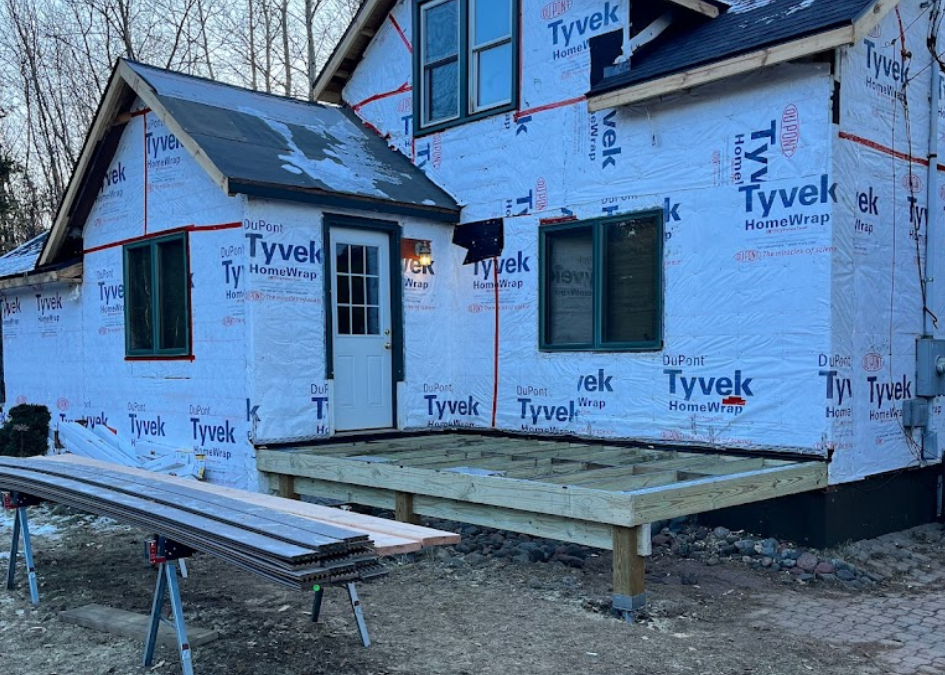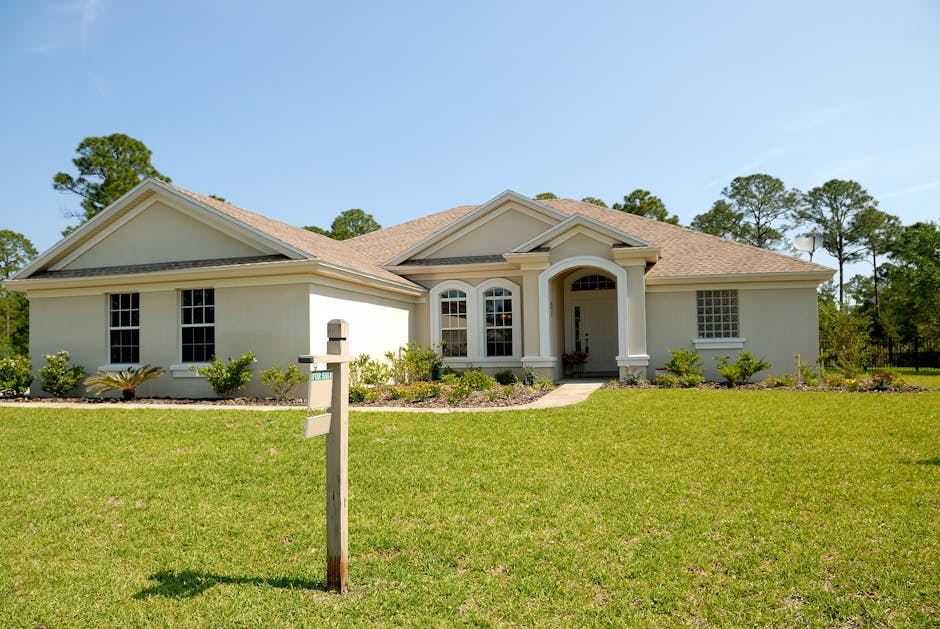Roofing experts know that storms can cause serious damage to your home and your roof may be affected even if you do not see immediate signs. This comprehensive guide is designed to help homeowners assess storm damage and decide whether repairs or a full replacement is needed. The unpredictable nature of severe weather means that wind, hail, rain, and snow all can take their toll on your roof. Early detection of damage can prevent larger and more expensive repairs later on. We provide expert advice supported by trusted online resources to help you understand what to look for. The information presented in this guide is sourced from reputable sites such as AmFam and Acculynx. Each section is carefully organized to offer clear steps and insights into recognizing different types of roof damage. By staying informed, you can protect your investment and maintain the safety and durability of your home. Regular roof care is essential and every storm is an opportunity to check your roof’s condition. Let this guide serve as a fundamental resource for assessing storm damage and making informed roofing decisions. For a comprehensive overview of our offerings, please visit our Services page.
Contents
- Identifying Different Types of Roof Storm Damage
- Checking Your Roof for Damage: Simple Steps to Follow
- Deciding Between Roof Repairs and Full Roof Replacement
- Choosing a Trusted Local Roofing Contractor in Roofing USA
- Maintaining and Caring for Your Roof Over Time
- Using Professional Assistance to Make Informed Decisions
- The Bottom Line: Be Proactive About Roof Damage
Identifying Different Types of Roof Storm Damage
Wind Damage
Strong winds can have a severe impact on your roof and cause significant damage. They may lift and displace shingles from their proper positions. Such displacement can expose the roof’s underlayment to additional weathering. Loose shingles might reveal protruding nails and irregular appearances among the roofing material. The curling of shingle corners is a clear indication that leaks could develop over time. Wind damage often leads to more severe problems if not addressed promptly. It is essential to inspect your roof after windy conditions to catch any issues early. For more information on wind damage care, please consult the guide available at AmFam How to Check Your Roof for Damage.
Hail Damage
Hail can leave visible damage on your roof when stones strike it at high speeds. The impact of hail may create dents that appear as dark spots on your shingles. These dents can remove the protective granules from the surface, leaving the roof more vulnerable. Without these granules, water can penetrate the roof more easily. Repeated hail impacts weaken the roofing material over time. It is important to carefully investigate any marks or dents left behind after a hailstorm. Early detection of hail damage can help prevent further issues such as leaks and shingle deterioration. For additional details on identifying hail damage, refer to Acculynx Expert Guide on Storm Damage.
Rain and Water Damage
Heavy rain and persistent moisture can cause substantial damage to your roof over time. Water might force its way beneath the shingles and cause unsightly stains on your ceiling inside the home. These stains are early indicators that water is seeping through the roof. The continual exposure to moisture also increases the risk of mold and mildew developing in hidden spaces like the attic. Persistent water intrusion can weaken the roof’s structure and lead to further deterioration. It is crucial to observe both the exterior and interior surfaces after heavy rainfall. Regular inspections help you catch water damage before it escalates into a larger issue. For more insights on water damage, please visit AmFam How to Check Your Roof for Damage.
Snow and Ice Damage
In colder regions, snow and ice can be extremely damaging to your roof. Heavy snow accumulation can lead to the formation of ice dams along the roof edges. Ice dams prevent proper drainage and cause water to back up under the shingles. This trapped water can eventually weaken the roof and result in leaks. Ice and snow add extra weight and moisture stress to the roof structure. It is vital to clear snow cautiously and inspect for damage caused by ice accumulation. Regular maintenance during winter months helps reduce the risk of ice dam formation. For further tips on managing snow and ice damage, seek advice from Acculynx Expert Guide on Storm Damage.
Damage Summary
| Damage Type | Characteristics | Recommended Action |
| Wind Damage | Displaced shingles, curling edges, loose nails | Inspect and repair immediately |
| Hail Damage | Dented shingles, granule loss | Document damage and schedule professional repair |
| Rain/Water Damage | Stains, leaks, exposure of underlayment | Check for moisture intrusion and repair quickly |
| Snow/Ice Damage | Ice dams, water backup, extra weight | Remove snow carefully and inspect for structural issues |
For more detailed roofing solutions and repair options, please visit our Roofing services page.
Checking Your Roof for Damage: Simple Steps to Follow
After any storm, it is important to carefully check your roof for signs of damage. Early detection of problems can help you avoid larger repairs later on. It is best to start your inspection from a safe distance on the ground using binoculars if needed. Observing from the ground allows you to identify missing or dislodged shingles without risking personal safety. You should also examine areas where shingles appear cracked or curled as these are clear signs of distress. In addition, inspect the gutters, downspouts, and flashing around your home for any visible damage. Do not forget to check inside your home, especially in the attic or ceiling, for water stains or leaks. Documenting your findings with clear photographs and detailed notes is essential for insurance claims and repair assessments.
- After a storm, wait until it is safe and then inspect your roof from the ground using binoculars if needed.
- Look for missing, loose, or damaged shingles and observe any irregularities such as cracks or curling edges.
- Examine gutters, downspouts, and flashing around vents and chimneys to detect blockages or breaks.
- Inspect your attic and other interior areas for signs of water damage like stains or moisture marks.
- Document all findings by taking clear photographs and noting the date and time of the inspection.
If you notice any abnormalities during your inspection, consider reaching out through our Contact Us page for expert advice.
Deciding Between Roof Repairs and Full Roof Replacement
Deciding whether to perform simple roof repairs or invest in a full roof replacement depends on several key factors. A careful assessment of the extent of damage is crucial in making this decision. If only a few shingles are affected, a targeted repair may be sufficient to restore the roof’s integrity. However, widespread damage across the roof might make a full replacement more cost-effective over the long term. Another important factor to consider is the age of your roof, as older roofs are more susceptible to damage. Repeated repairs and recurring leaks can be signs that the roof is nearing the end of its useful life. It is also wise to review your homeowners insurance policy as it may cover some repair or replacement costs. By weighing these factors carefully, you can make an informed decision that best protects your home and investment.
For a more permanent solution, our damage restoration services may be the answer.
Choosing a Trusted Local Roofing Contractor in Roofing USA
Selecting a qualified and reliable roofing contractor is an essential step after a storm. You should look for companies that are fully licensed and certified, ensuring they meet local safety and work standards. Experience in handling roof repairs after severe weather is a strong indicator of a contractor’s capability. Requesting references or testimonials from past clients can help you gauge their customer satisfaction and expertise. A contractor that offers a quick and dependable response is best suited for emergency situations. Clear communication during a project, along with detailed warranties and written estimates, builds a sense of trust. In addition, a contractor who offers routine maintenance services helps extend your roof’s longevity. By choosing a trustworthy local contractor, you ensure that your roof receives proper care and that any insurance claims are managed efficiently.
To view our full range of roofing solutions, check out our Roofing services page.
- Licensed, certified, and experienced professionals
- Quick and reliable response in emergency situations
- Clear communication with detailed written estimates and warranties
- Routine maintenance and preventive services
Maintaining and Caring for Your Roof Over Time
Regular maintenance is critical to preserving the strength and durability of your roof. Routine inspections, ideally once or twice a year, help identify potential issues before they worsen. Professional evaluations ensure that small cracks or worn-out shingles are repaired early. Cleaning gutters and ensuring proper water drainage play an important role in overall roof care. Preventive measures save money by avoiding extensive repairs in the future. Even after repairs or a replacement, ongoing care is vital to maintain performance. Consistent attention to your roof protects your home and adds lasting value. Sustained maintenance efforts guarantee a safe and secure environment for you and your family.
Using Professional Assistance to Make Informed Decisions
Professional guidance can make a significant difference when managing roof repairs and replacements. Experts are able to identify subtle signs of damage that are not easily visible to untrained eyes. They provide valuable insights into the best course of action based on the type and extent of the damage. Professional contractors also assist in navigating insurance claims and understanding coverage details. Their hands-on experience and technical know-how ensure that repairs are conducted properly. Working with professionals reduces the risk of further damage and unnecessary costs. Expert advice helps you balance repair options with your budget and overall investment. Relying on knowledgeable professionals guarantees that your roof will be restored to optimal condition.
For answers to common roofing questions and further guidance, please visit our FAQ page.
The Bottom Line: Be Proactive About Roof Damage
Being proactive about roof damage is the key to preventing major issues down the line. Homeowners should never delay addressing small signs of damage after a storm. Prompt action allows for early repairs and minimizes the risk of escalating repair costs. A thorough and regular inspection schedule saves both time and money. Investing in quality repairs or a full replacement when necessary protects your home and family. Choosing the right roofing contractor and relying on professional advice adds to your peace of mind. Every storm serves as a reminder to stay vigilant and maintain regular roof care. By following these proactive steps, you can ensure that your roof remains durable and safe against future weather challenges.
For more comprehensive information and to explore all our offerings, please visit our Home page.



